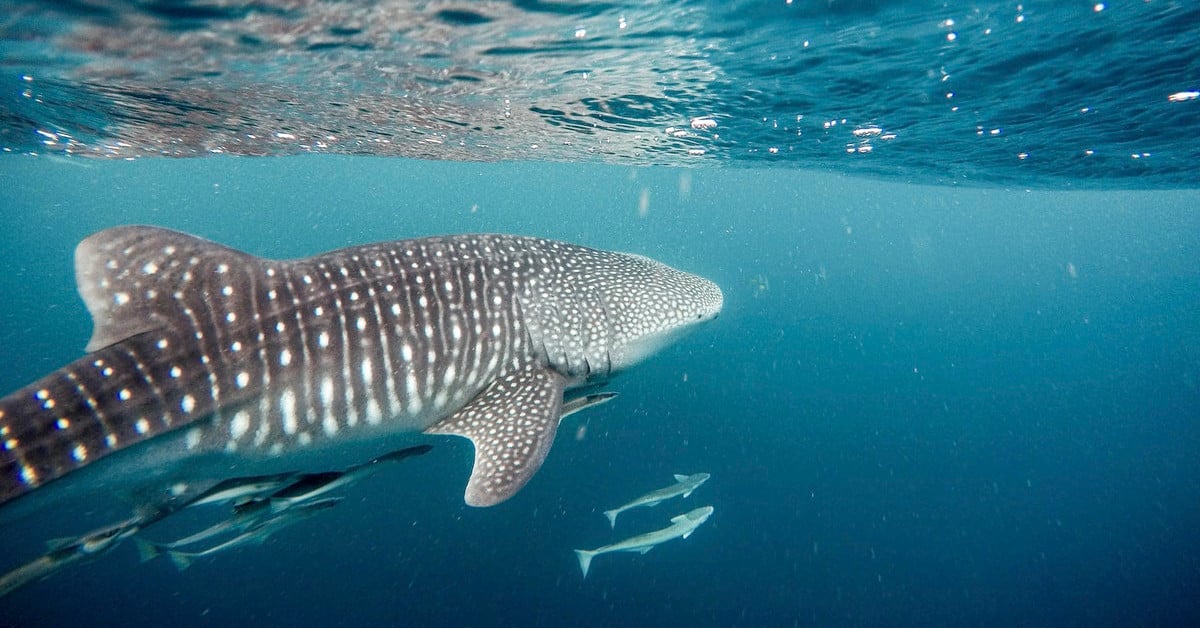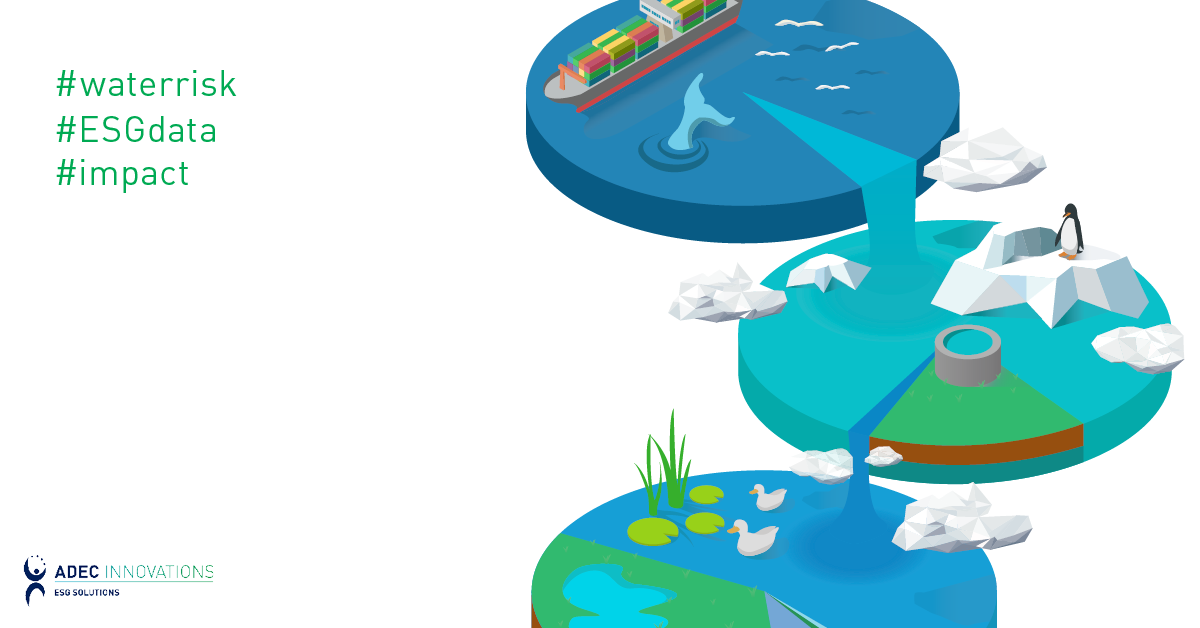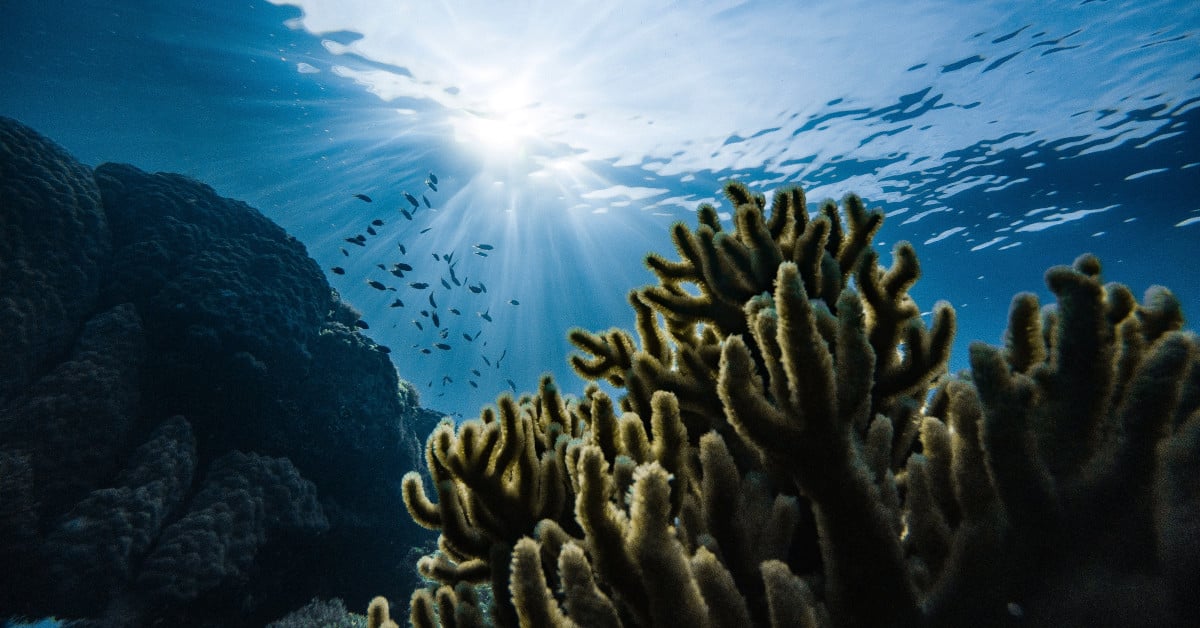How Can Oceans, Wetlands, and Other Aquatic Ecosystems Help Tackle Climate Change?
Right now, the entire world has its eye closely fixed on climate change and what the response from countries and corporations will be in the coming years to keep global warming well below 2°C. Why, then, are we focusing on water when we should be looking at greenhouse gas usage and lowering our global footprint? The reason is because the two go hand-in-hand.
By Hunter Donovan
March 17, 2020
Right now, the entire world has its eye closely fixed on climate change and what the response from countries and corporations will be in the coming years to keep global warming well below 2°C. Why, then, are we focusing on water when we should be looking at greenhouse gas usage and lowering our global footprint? The reason is because the two go hand-in-hand.
As the UN World Water Day website says, “the two are inextricably linked.” A sustainable global climate cannot be achieved without safe and clean water sources. With World Water Day approaching on March 22, we’ll explore how aquatic ecosystems and climate change are intertwined.
Why is the availability of water such an important topic?
Many of us often take the availability of freshwater for granted. We go through our everyday lives without thinking about how water touches all aspects of it. The food we eat, the medication we take, the homes we live in, and the cultures that bring us joy and fulfillment all rely on reliable access to clean and safe water. While 70% of the Earth is covered in water, only 3.5% of that is freshwater, and even some of that percentage is locked up in frozen glaciers and the polar ice caps. That small fraction of available freshwater is then shared among the current global population of 7.8 billion. This does not leave a lot of room for freshwater wastage, and that is why there is a global push to conserve and protect our water resources.
What does climate change have to do with the accessibility of freshwater?
As human beings, clean water is crucial to our survival. As the global population grows, we will need more access to clean water not only for ourselves but also most, if not all, the systems we rely on every day, such as sanitation, healthcare, education, business, and industry. With climate change and global warming, potable freshwater is more likely to be contaminated by increasing floods or rising sea levels can impact the availability of freshwater in coastal cities because non-potable salt water will make its way to underground wells. For example, an analysis done in Broward County, Florida concluded that it could expect to lose 41% of its coastal well field capacity in the next 50 years.
Another global impact of climate change is an increase in the number and severity of droughts. With these droughts, snowpacks are not regenerated at a sustainable pace. Snowpacks—masses of hardened snow—are found at the top of mountains, and as they melt they replenish the watersheds that provide freshwater to all of our rivers, streams, and creeks. With less rain, and consequently less snow, freshwater simply will not be available at the same rate and reliability as we have seen in the past. This freshwater not only provides potable water for human consumption but is used by power plants, aquaculture, and pharma to provide the things we use every day.
Can water resource management help tackle climate change?
Potable water sources are not the only aquatic resources worth protecting. Ecosystems such as oceans and wetlands play an important role in helping to mitigate the effects of climate change by acting as carbon sinks, and their protection is a crucial part of taking action on climate change worldwide. Carbon sinks are ecosystems that are able to take in and store vast amounts of carbon dioxide, which can lead to decreasing the amount of CO2 present in the atmosphere. The ocean also has an amazing ability to store heat without raising its overall temperature by a great amount and therefore could play a major part in stabilizing the Earth’s climate. Why, then, is the ocean not absorbing the rising heat in the atmosphere right now?
Since around the time of the Industrial Revolution, humans have been producing an exponential amount of greenhouse gases—so much so that climate scientists have proposed a new geological epoch, the Anthropocene, to illustrate the impact humans have had on the planet. This rise in greenhouse gas emissions essentially traps heat within the atmosphere, and that excess heat is passed back to the oceans. This has caused ocean temperatures to rise significantly, mostly over the past two decades. According to the National Oceanic and Atmospheric Administration, 90% of the warming that has happened on earth has occurred in the oceans, and this warming permeates all the way down to the ocean floor.
What does an increase in ocean temperature mean for the global population?
Much of the world’s population lives near the ocean, and most people, especially those in developing countries, rely on the ocean in some capacity as a food and income source. Rising ocean temperatures have led to coral bleaching and a loss of habitat for many marine species, meaning that there is less biodiversity in the oceans. Consequently, many coastal communities have seen their primary source of sustenance and livelihood greatly impacted. If we are able to decrease greenhouse gas emissions, the ocean could begin to regulate itself, and the impacts we are seeing because of climate change, which include rising sea levels and ocean acidification, would begin to dissipate.
What other aquatic biomes serve as carbon sinks?
In fact, both land and sea serve as carbon sinks—from soil to plants to the ocean. Besides the ocean, another major global carbon sink is wetlands. Wetlands are land consisting of marshes or swamps, and they are extremely important and diverse ecosystems that have a crucial role to play in the fight against global warming. Wetlands have been, and still are, disappearing at an alarming rate due to rising sea levels—but the main culprits are land conversion and alteration.
Wetlands are essential ecosystems. They are home to at least 120,000 freshwater-dependent species, many of which are photosynthetic plants that contribute to absorbing atmospheric carbon, which can help to mitigate climate change and global warming. Countries and cities are beginning to understand the impact these areas can have, and protective regulation is becoming more and more common, but we have still lost around 87% of wetlands in the last 300 years. Investments in wetland restoration and reclamation are important to ensure we retain their valuable biodiversity and to help mitigate the effects of climate change.
We cannot escape our need for water. People around the world rely on this resource on a physiological, societal, medical, and cultural level. However, climate change is changing the way we look at our water use and how we are treating our global water systems. In order to mitigate climate change, we need to consider how we view and use water, as well as how we will begin to reclaim those aquatic ecosystems that will help store more carbon and set us on a more sustainable path.
ADEC ESG Solutions is a leading provider of ESG solutions, including fully-integrated industry expertise, software solutions, and data management. Want to stay on top of the latest on global sustainability issues? Subscribe to our monthly newsletter, Greenwatch.
Related Articles
Climate Change, Water/Oceans
By Brian Amdur on January 6, 2022
Water/Oceans | Water Risk Assessment
By Hunter Donovan on June 5, 2020
Climate Change | ADEC Innovations | biodiversity | sustainable practices | World Environment Day
By Hunter Donovan on August 29, 2019
Sustainability | FCS | Water/Oceans | blue economy | biodiversity
Be a sustainability leader.
Our team supports you no matter where you are on your Sustainability Journey. Talk to us today to learn more.




